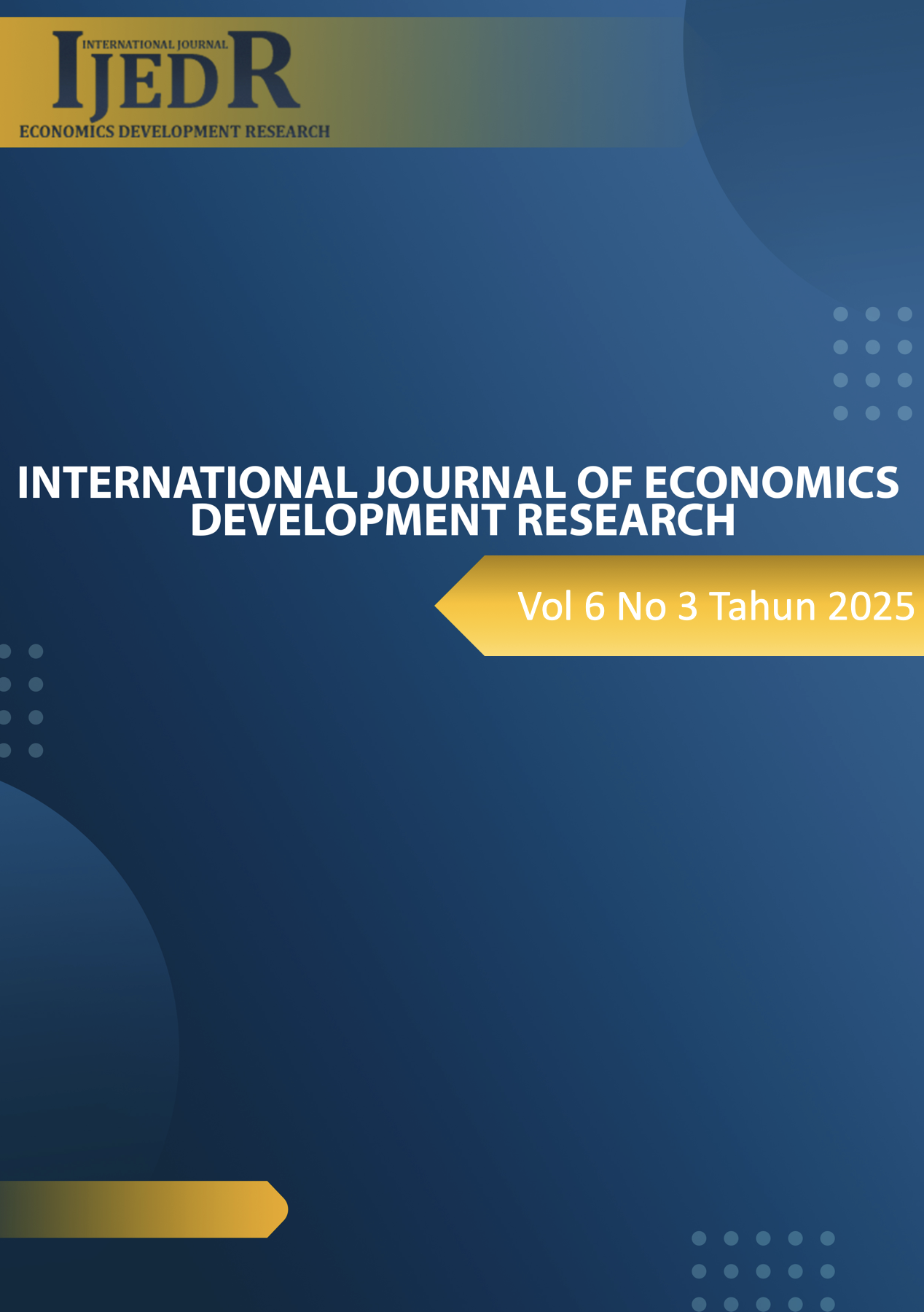Application of Lean Six Sigma and Failure Mode and Effects Analysis (FMEA) to Reduce Waste Defects in The Paper Slitting Production Process on Release Liner at Paper Manufacturing Company
DOI:
https://doi.org/10.37385/ijedr.v6i4.8128Keywords:
Defect, Failure Mode and Effects Analysis, Lean Six Sigma, Production ProcessAbstract
This study was carried out at a paper manufacturing company that uses a two-stage production process that includes paper coating and paper slitting to create labelstock, release liner, and digital printing media. Controlling waste, particularly defects, is the issue that arose during the release liner product's paper slitting process. By calculating Defect Per Million Opportunities and Sigma Level and offering suggestions for improvement, the study seeks to determine the sigma level in the production process based on the production and defect data. According to the study's findings, the DPMO value was 1.550 at the sigma level of 4.58. Based on the Failure Mode and Effects Analysis's Risk Priority Number, the company's suggested improvement recommendations include: improving the quality of the release liner paper prior to slitting; enhancing regular material inspections and issuing supplier complaints when needed; and enhancing worker coordination and attention to detail during in-process material inspection.
References
Adeodu, A., Kanakana-Katumba, M. G., & Rendani, M. (2021). Implementation of lean six sigma for production process optimization in a paper production company. Journal of Industrial Engineering and Management, 14(3), 661–680. https://doi.org/10.3926/jiem.3479
Agustina, M., & Rochmoeljati, R. (2024). Waste Analysis Of Pasted Woven Production Process Using Lean Six Sigma Method. Rekayasa: Journal of Science and Technology, 17(2), 227–239.
Baharudin, I., Purwanto, A. J., & Fauzi, M. (2021). Analisis Pemborosan Menggunakan “9 Waste" Pada Proses Produksi PT ABC. Jurnal Ilmiah Teknologi Infomasi Terapan, 8(1), 187–192. https://doi.org/10.33197/jitter.vol8.iss1.2021.745
Casadei, D., Serra, G., & Tani, K. (2007). IEEE Transactions On Power Electronics. Implementation Of A Direct Control Algorithm For Induction Motors Based On Discrete Space Vector Modulation, 769-777.
Gaspersz, V., 2007. Lean Six Sigma for Manufacturing and Service Industries. Jakarta: PT Gramedia Pustaka Utama.
Lutfianto, M. A., & Prabowo, R. (2022). Integrasi Six Sigma dan FMEA (Failure Mode And Effect Analysis) untuk Peningkatan Kualitas Produk Koran (Studi Kasus: PT. ABC Manufacturing – Sidoarjo, Jawa Timur – Indonesia). JIEMS (Journal of Industrial Engineering and Management Systems), 15(1), 1–10. https://doi.org/10.30813/jiems.v15i1.3599
Nugraha, M. F., Nofrisel, N., & Setyawati, A. (2023). Pendekatan Lean Six Sigma Untuk Meminimasi Waste Pada Proses Produksi Sepatu Industri Manufaktur Alas Kaki Kelas Dunia. Mutiara: Multidiciplinary Scientifict Journal, 1(8), 416–430. https://doi.org/10.57185/mutiara.v1i8.68
Rahmadianto, R. (2024). Penerapan Lean Manufacturing untuk Meminimasi Proses Dandori Mesin Molding Pada PT XYZ dengan Metode SMED. 2(1).
Saragih, J., Anne Marie, I., & Mubarani, A. D. (2021). Increasing Production Performance With The Use of Lean Six Sigma Methodology In a Filing Cabinet Company. Journal of Modern Manufacturing Systems and Technology, 5(2), 106–119. https://doi.org/10.15282/jmmst.v5i2.6508
Shintyastuti, A. R., & Handayani, N. U. (2023). Penerapan Lean Six Sigma Untuk Mereduksi Waste Dan Peningkatan Kualitas Pada Proses Produksi Dress S#Om403 (Studi Kasus: Pt Starcam Apparel Indonesia Factory B). Industrial Engineering Online Journal, 12(3).
Syarifudin, A., Andrian Septiana, M., & Wijaya, D. H. (2022). Pengendalian Kualitas Produk Roll Pada Mesin Slitter Menggunakan Metode Six Sigma Di PT ABS Film Indonesia. Jurnal InTent, 5(2), 68–75.
Widodo, A., & Soediantono, D. (2022). Manfaat Metode Six Sigma (DMAIC) dan Usulan Penerapan Pada Industri Pertahanan: A Literature Review. International Journal of Social and Management Studies (Ijosmas), 3(3), 1–12.





